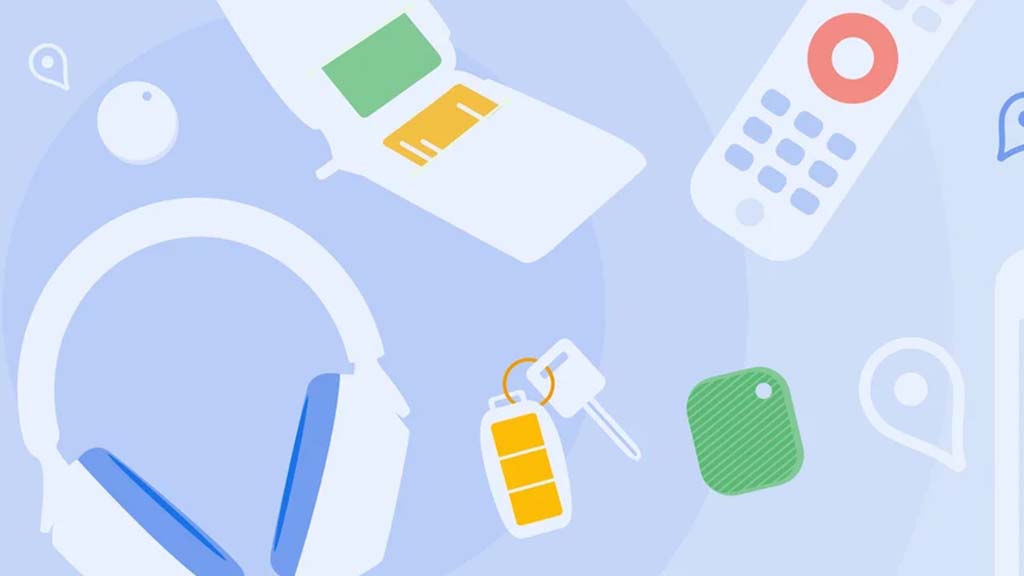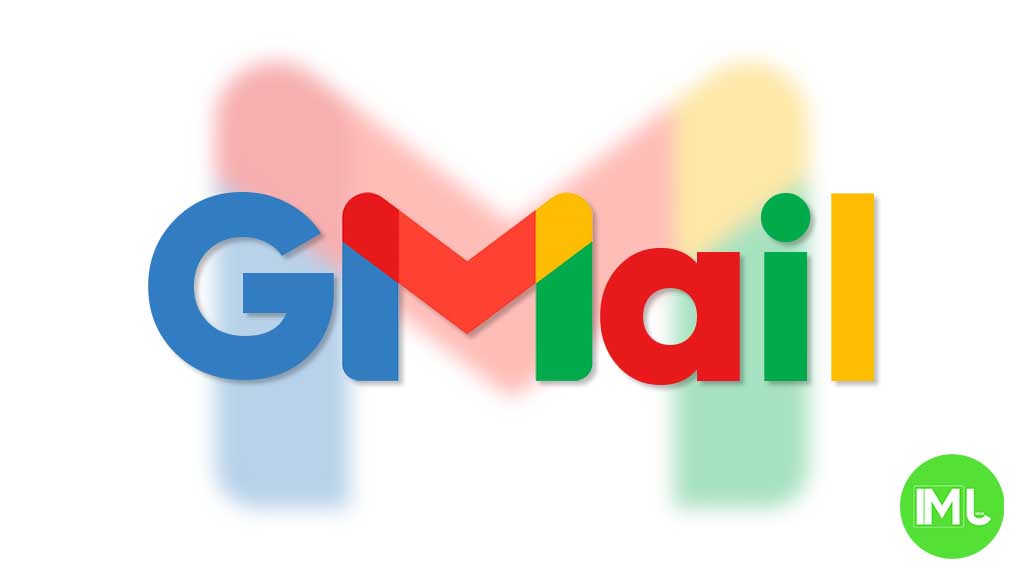Pixel 9 keynote to be livestreamed by Android and made by Google
Top 3 Key Points:
- Joint Livestream: The Pixel 9 keynote will be streamed by both the Android and Made by Google YouTube channels.
- Focus on Integration: The event highlights Google’s combined hardware and software teams under the Platforms & Devices division.
- Event Details: The keynote will be live on August 13, 10:00 a.m. PT, from Google’s headquarters.
Google is gearing up for the Pixel 9 keynote on August 13, 2024, and the event will be broadcast live on both the Made by Google and Android YouTube channels. This collaboration marks a significant step in showcasing the deep integration between Google’s hardware and software teams, now unified under the Platforms & Devices division led by Rick Osterloh.
The keynote, part of the Made by Google 2024 event, will feature updates on Google AI and introduce the latest Pixel devices, including the highly anticipated Pixel 9 Pro and Pixel 9 Pro Fold. This year, Google is emphasizing the role of Android and its AI platform, Gemini, reflecting the company’s broader strategy to merge its software and hardware efforts.
For the first time, the Android YouTube channel, with over 1 million subscribers, will simultaneously stream the keynote alongside the Made by Google channel, which has a slightly larger audience of 1.64 million subscribers. The event will also be accessible with American Sign Language interpretation and translations in German and Spanish, ensuring a wider reach.
Last year’s event was also mirrored on Google’s main channel, boasting 12.2 million subscribers, further highlighting the importance Google places on making these announcements accessible to a broad audience.
In addition to the livestream, the Google Store will feature a live countdown leading up to the event. The keynote begins at 10:00 a.m. PT, streaming live from Google’s headquarters in Mountain View, California. Following the keynote, an “After Party” is planned, likely offering deeper dives into the new products and technologies announced.
This event is set to be a major milestone for Google as it continues to push the boundaries of what’s possible with AI and mobile technology.
Android
Android’s Find My Device speeds up with UWB coming soon

Google’s Find My Device network for Android has gotten a big boost, making it much quicker to locate misplaced items. Recent checks show it’s now four times faster than it used to be, keeping up with Apple’s AirTags in crowded spots like malls or events. For instance, at CES 2025, a tracker tucked in a bag updated its location just as fast as an AirTag nearby. This speed-up is thanks to more Android users turning on tracking for all locations, not only busy areas, which helps the system spot items more reliably.
In less crowded places, the network can still have trouble since fewer Android phones are nearby to share location signals. But Google’s working on this by nudging users through app alerts to enable tracking in quieter spots. Plus, recent updates to tracker software and apps have made connections more stable and accurate.
Looking ahead, Google’s gearing up to roll out ultra-wideband (UWB) technology. This will let you find items with pinpoint accuracy, even within a room, using cool augmented reality (AR) visuals, much like Apple’s setup. The Moto Tag, a tracker ready for UWB, is already available, just waiting for Google to activate this feature. Not all Android phones support UWB yet, but future models like the Pixel 10 might include it. These changes prove Google’s determined to make its Find My Device network a top choice for tracking lost stuff.
Gmail and Google Photos get new design and useful updates

Google is giving Gmail and Google Photos some fresh updates to make things easier and more user-friendly.
First, Gmail on the web is now getting a new layout option. You can choose between “Cozy,” “Comfortable,” or “Compact” views based on how much space you want between your emails. Google is also adding a setting to control whether your inbox and labels stay on screen or only show up when needed. These changes make it easier to personalize how Gmail looks and feels.
Meanwhile, Gmail for iPhone is getting a visual upgrade. The app now uses Google’s updated design style called “Material 3.” You’ll notice a cleaner look with a rounded search bar at the top, smoother icons, and better spacing. Although the bottom bar and buttons look mostly the same, the overall design feels more modern and easier on the eyes.
Lastly, Google Photos is bringing back a helpful feature. The classic search shortcut that appears in the bottom bar is returning, making it quicker to find your photos. Before this, the shortcut had been removed when Google added the new “Memories” tab. Now, both features work together, letting you browse memories and search with ease.
These updates aim to make Google’s apps feel more useful, clean, and easier to use on both desktop and mobile.
Android
Android 16 boosts USB data safety and fixes delayed notifications on Pixel phones

Google’s upcoming Android 16 update is bringing better security and some helpful improvements, especially for Pixel phone users. One of the main features in Android 16 is a new way to protect your phone’s data when it’s connected to a computer through USB. Right now, when you plug your phone into a PC or laptop, it can access all your data as long as you approve it.
With Android 16, Google is adding an extra security layer that only allows limited access unless you enter your PIN, password, or use your fingerprint. This will help protect your files if someone tries to access your phone without permission.
At the same time, Google is also working on a fix for a frustrating issue that some Pixel users have been facing for months — delayed notifications. After the April 2024 update, many users noticed that app alerts were not showing up on time, especially from messaging apps. Google has confirmed the problem and says a fix will be included in a future update, though it’s not in the current April patch yet.
Together, these changes show that Google is focusing on both stronger privacy and a smoother experience for Android and Pixel users. Android 16 is expected to roll out later this year, starting with developer previews.
-

 Apps1 year ago
Apps1 year agoGboard Proofread feature will support selected text
-

 News1 year ago
News1 year agoSamsung USA crafting One UI 6.1.1
-

 News1 year ago
News1 year agoBreaking: Samsung Galaxy S22 may get Galaxy AI features
-

 News1 year ago
News1 year agoSamsung Galaxy S23 Ultra with One UI 6.1 and all S24 AI features revealed
-

 News1 year ago
News1 year agoOne UI 6.1 Auracast (Bluetooth LE Audio) feature coming to many Samsung phones
-

 News1 year ago
News1 year agoSatellite SOS feature coming to Google Pixel phones, evidence leaked
-

 Apps11 months ago
Apps11 months agoGoogle’s fancy new Weather app is finally available for more Android phones
-

 News1 year ago
News1 year agoGoogle Pixel evolves as Europe’s third best selling flagship










